|
I have a relationship with 2001: a Space Odyssey. It was the first film I really booked on TV to see. As a kid I was going to my uncle and aunt's for a visit one Christmas and I must have been 8 or 9 and I still said I have to watch this: it's on TV, I'd circled it in the Christmas Radio Times and they left me alone in a room to see it one afternoon on BBC2. I'd already half seen it at home the year before, but somehow I hadn't seen it. Or at least not all of it. So I watched it again. But not all of it. And it was the first VHS I bought. I actually got up a collection (unsuccessfully) on the school bus so I could afford to buy but in the end I bought it at ASDA with mainly my own money. A terrible MGM classic pan and scan. And finally I watched it, but you know, the edges were cut off. But despite all of this the film stood as the height of cinema. This was the film that introduced me to taking cinema seriously and Kubrick in particular. Then I watched it a million times. Literally ... okay, no metaphorically, a million times. Perhaps twenty five times. I'm 47 and I probably have watched it at least once a year, with a few skips. The last time I saw it before watching it again for this blog was at Cannes with Christopher Nolan, Kier Dullea and Christiana Kubrick introducing it. On the big screen in the Debussy Theater I saw it in a way I'd never seen it before. First of all there was the overture - the weird orchestra sounds Ligetti-ing in the depths of space, that music, already an otherworldly presence. And then the Richard Strauss crescendo. So stupendous a piece of music which belongs to an opera no one has ever listened to. Not even Richard Strauss. And then we have no less than the Dawn of Man. Just the title makes you realize the ambition of the movie. The scale. The audacity. The chapter plays out like a documentary, with no dialogue lots of establishing shots, and the details telling the story. There's the skeleton on the plain telling of starvation; the cowering under the rock; the fighting for the water hole. The story is told from a series of images and the language of the film is set up. This whole film will be images, sound and music. 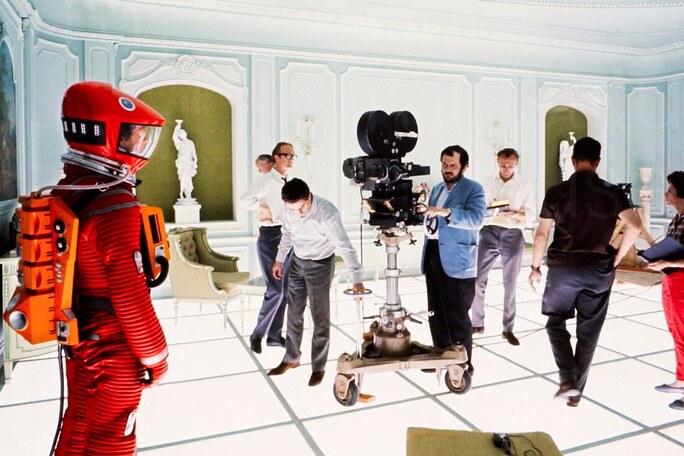 Stanley Kubrick had already ended the world with Dr. Strangelove so 2001 represents an afterlife. It is a film he has been preparing for all his career. It has the satire of Strangelove and Lolita and the epic sweep of Spartacus and the dark pessimism of The Killing and Killer's Kiss. The film has that simplicity of putting together five or six basic set pieces that are so compelling they pull the film along. This was the tent pole theory that Kubrick would expound to Steven Spielberg. Basically a successful film, according to the theory, should have five or six key sequences that play out cinematically. Taken together this makes up the film. With the cut to space and some thousands of years into the future and we get The Blue Danube and the beautiful ordinariness of space travel, courtesy of Pan Am and Bell telephone company, along with 60s style stewardesses and Mad Men style business men and bureaucrats who talk a smooth line in inanity which helps elide the tensions of the still very active Cold War. Throughout the film dialogue is a form of non communication and it is brilliantly written. See this article I wrote for Film School Rejects where I go into more depth on the subject. 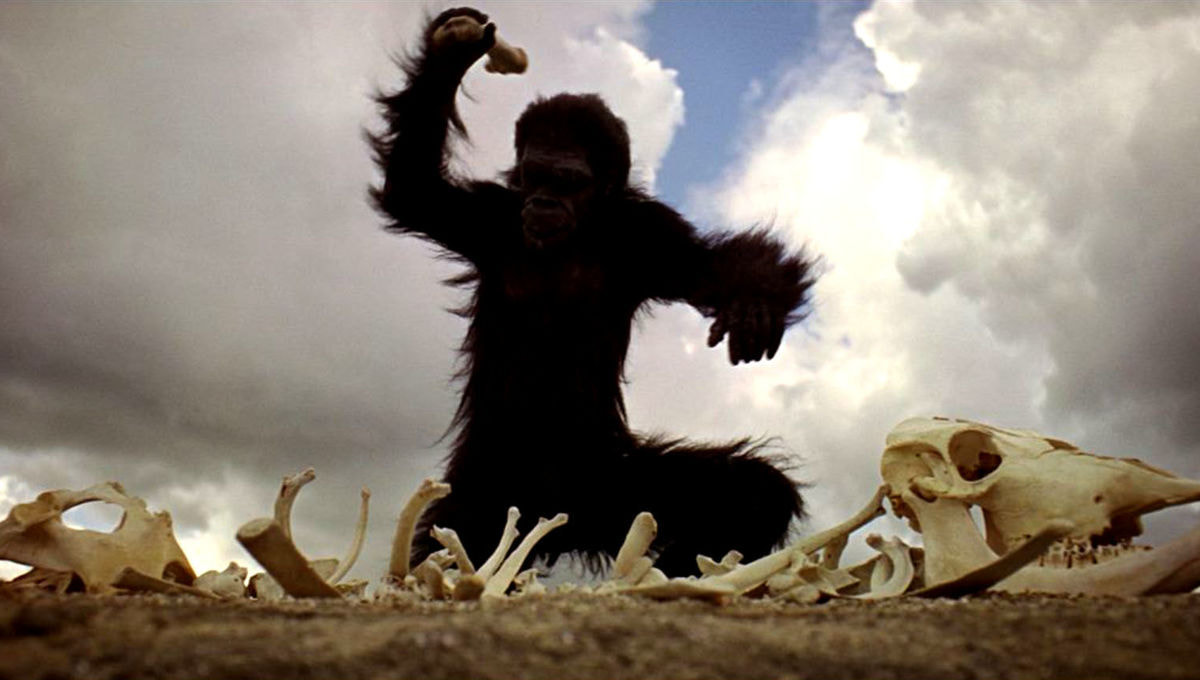 The primitive neanderthal-type apes responded to the arrival of the monolith with hysteria and then pawing dissolving into a religious awe. The 21st century men react first of all with secrecy - to some extent also inspired by fear - and then a photo opportunity. The end of the chapter is signalled by a piercing radio signal which will send the film on its way to Jupiter with the spaceship Discovery. The disconcerting magic of the way gravity works makes an Escher sketch of every mise en scene. No other film has given the queasy lack of direction of space. Up is down; down is up etc. Likewise, the machine feels human and the humans are like mechanisms. There's no anger when an astronaut is killed; no sense of interiority. Just men on a mission. HAL 9000 needs very little by way of emotion to surpass his human crewmembers. The breathing - apparently Stanley Kubrick recorded his own breathing - becomes the dominant sound in the vacuum of outer space. Frank's death and the murder of the hibernating crew members is done with an almost abstract use of images and sound. This is true cinema. Telling the story in an audio-visual way which a play or Arthur C. Clarke's fairly ordinary novel can't possibly hope to compete with. The final stargate sequence again raises the stakes in terms of how ambitious the film is. There is so much risk here. Can you even imagine a story conference on this film today? Where's the main character? The characters we have, what are there arcs? What is this film actually about? Who does the audience follow? What should they feel? This film today would have a voice over, almost without a doubt. It would also have an alien turn up in human form - 'I have chosen this physical manifestation so as not to shock your human mind' - and would have explained what the Monolith was about in a ten minute exposition dump. Instead we get some of the most stunning visuals ever put on film with a soundtrack that can barely be called music and the complete breakdown of narrative. Bowman becomes a series of glances and gazes until he goes back to being a very non-baby baby. The inconclusive conclusion leads us to wonder at this sideways monolith of the screen. Are we grunting and screaming? Are we pawing at it? Are we slack-jawed in fearful awe?
3 Comments
Andrew
16/3/2020 07:57:39 am
Read this and it could have been describing me and my first exposure to this epic movie. My parents had the soundtrack on vinyl back in the 70's and as a wide eyed kid full of sci-fi optimism, I was fascinated by the imagery and film shots on the record cover. I had to wait until the BBC premiered it in early 80's before seeing it. Been my fave movie ever since.
Reply
Leave a Reply. |
AuthorJohn Bleasdale is a writer. His work has appeared in The Guardian, The Independent, Il Manifesto, as well as CineVue.Com and theStudioExec.com. He has also written a number of plays, screenplays and novels. Archives
March 2020
Categories |
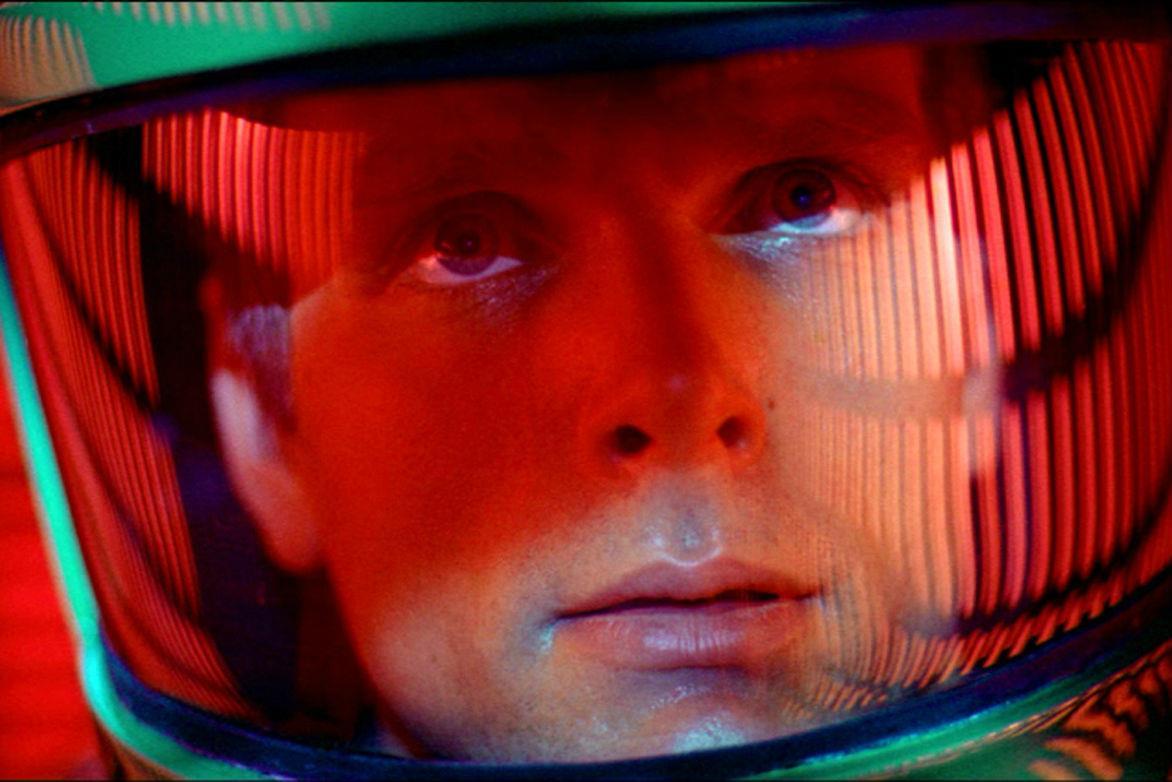
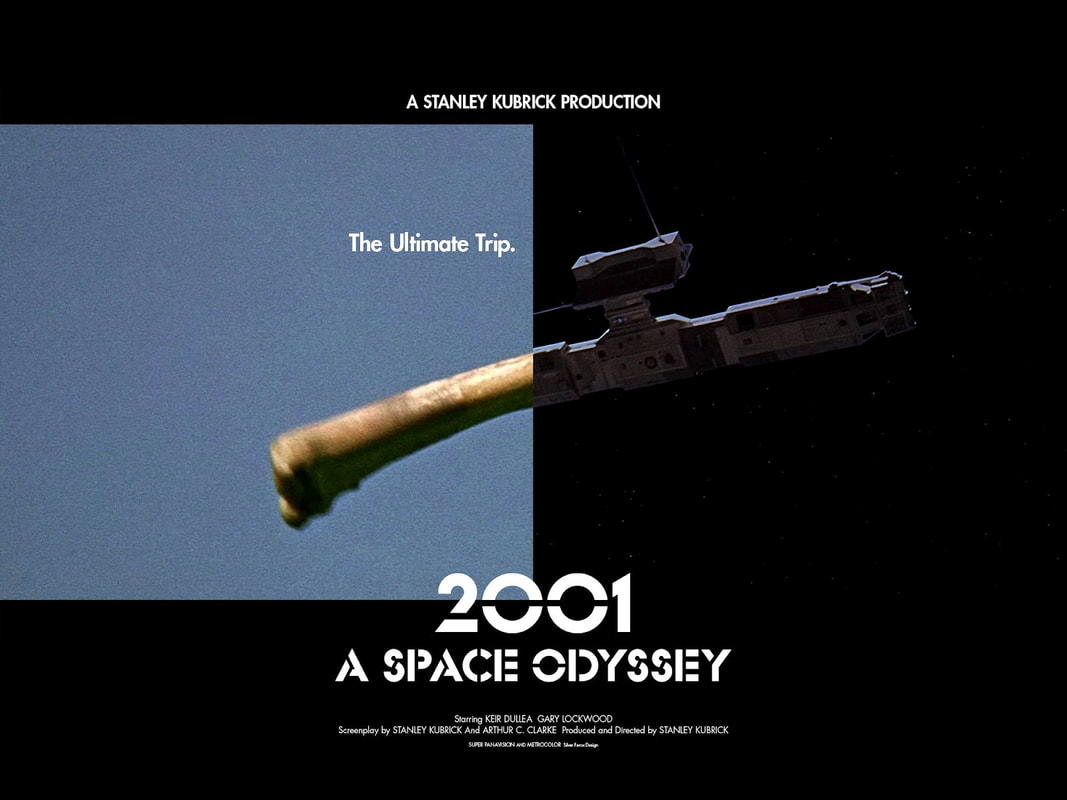
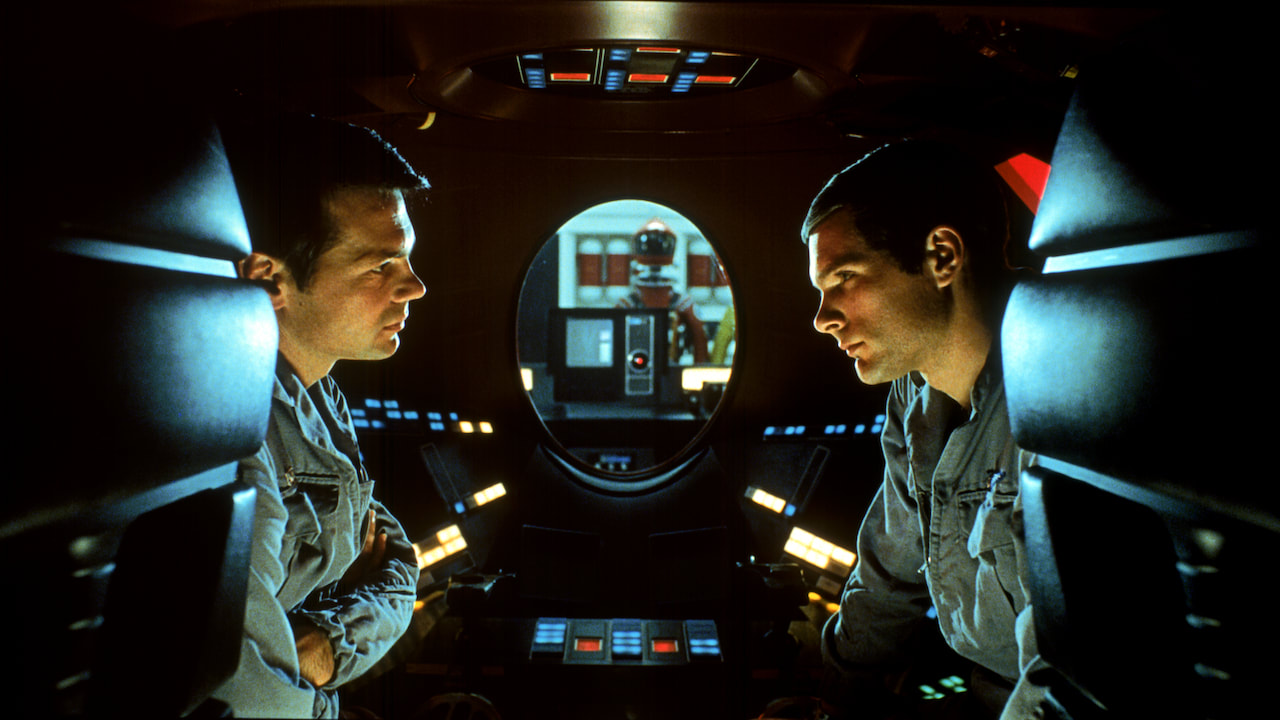
 RSS Feed
RSS Feed
